He's been in use for about half a year (to excellent effect!), and some changes are taking place. Firstly, look closely at the spout: it's getting whiter.
Even after thorough drying each session, this sediment is accumulating. No big deal, but one of the more obvious signs of use.
Taking a look inside, here's a photograph of the interior after three months of use, from a previous article:
Taking a look inside, here's a photograph of the interior after three months of use, from a previous article:
A few red spots, a central deformation due to the construction process, and a light dusting of white chalk sediment. Now, compare that with the current state of the interior:
The red spots have spread (slowly), the white covering has thickened, and several spots show concentrated chalky sediment. Zooming in:
It's getting slowly coated, despite using bottled water for the tea-brews, and filtered Brita water for the initial rinse. The knowledgeable chap from whom we bought the kettle forewarned us that this would happen, and that it was normal. We saw images of particularly old kettles, which are bright white on the interior.
It's fascinating to see how even a kettle ages along with everything else.
We've become very well accustomed to the character imparted by the tetsubin, and I can thoroughly recommend it. As always, I suggest giving one a try before taking the plunge, because there is a change in the water, and you might not like it. Also bear in mind that I primarily drink shengpu of various ages, and appreciate a rounding, smoothing emphasis. It supports the woody notes of good shengpu, and takes the edge off any roughness or acerbic notes.
It's fascinating to see how even a kettle ages along with everything else.
We've become very well accustomed to the character imparted by the tetsubin, and I can thoroughly recommend it. As always, I suggest giving one a try before taking the plunge, because there is a change in the water, and you might not like it. Also bear in mind that I primarily drink shengpu of various ages, and appreciate a rounding, smoothing emphasis. It supports the woody notes of good shengpu, and takes the edge off any roughness or acerbic notes.

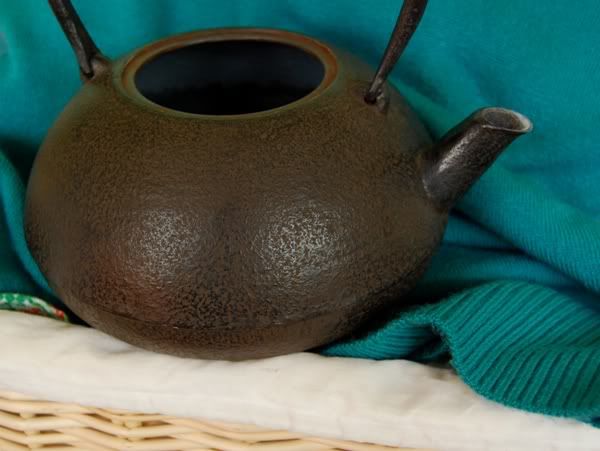
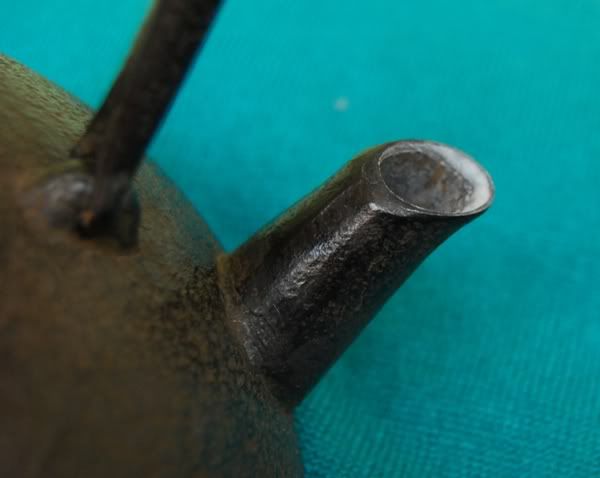
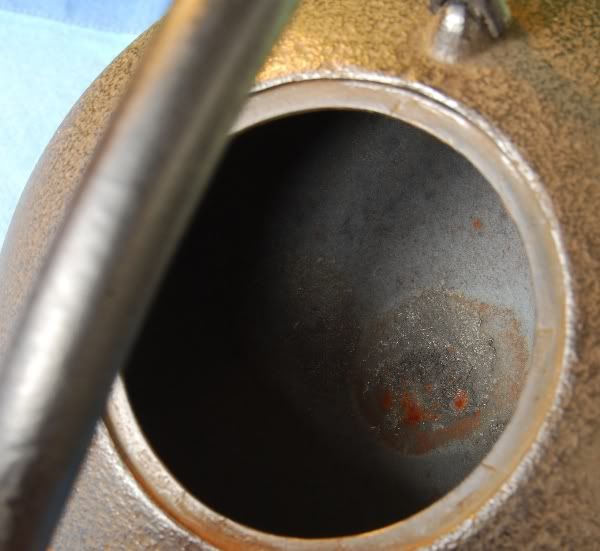
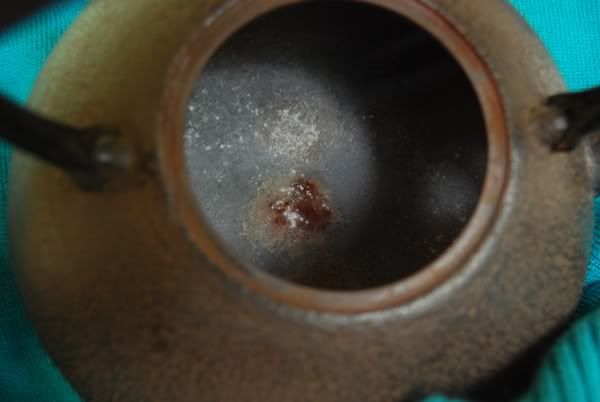
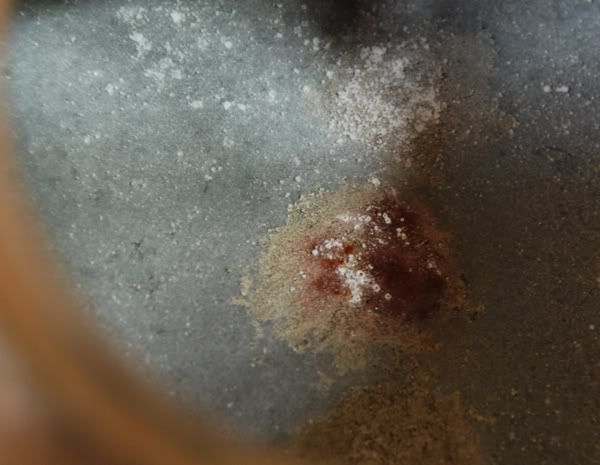
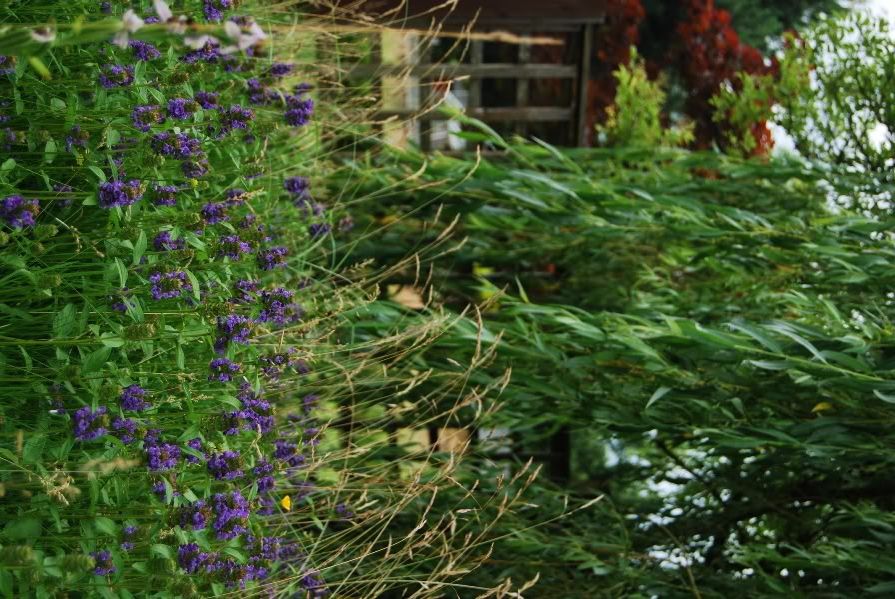
10 comments:
Nice kettle! I believe I have the same one in my tea room. I use it often and especially love it with shengpu.
Do you use yours exclusively?
Chris
Ah, maturity. It'll pass.
Dear Chris,
A fine choice, sir! I use it when fortunate enough to be drinking at home, yes indeed.
Dear CB,
My strategy hinges on eternal flippancy via immaturity, so we'll see what happens. :)
Toodlepip,
Hobbes
I wonder how much limescale there is in that bottled water. That's a good question because those waters come from various natural sources unless they're distilled. I didn't know a Tetsubin was ideal for Puerh. I thought Yi Xing might be better for that. I take it I'm correct that Shengpu is Puerh Tea. If not, educate me.
--Jason Witt
Dear Jason,
Great to hear from you! Let's see now - the bottled water does indeed have dissolved limescale / chalk in it. It's about two orders of magnitude lower than the quantity of chalk in our local water supply (southern England is notoriously chalky), but it definitely still exists. I'm sure that's a good thing - I'm suspicious of reverse-osmosis waters that remove all manner of things from the water. "Frankenstein's water"!
The tetsubin is only used to boil the water, bear in mind. It's essentially a kettle. I decant the water from it into a Yixing pot. Like you, I prefer "Yixing"-style clays for drinking pu'er. They act a little like the kettle, in fact: smoothing, supporting, rounding. It's a matter of taste, of course - I know many people love their gaiwan, because they don't cause alteration.
Shengpu is pu'er, yes indeed: it refers to "raw", "green", or "uncooked" pu'er. In my humble opinion, 95% of the pu'er worth drinking (and aging) is shengpu.
The other kind of pu'er, of course, is shupu, alternatively known as "shou", "ripe", or "cooked" pu'er.
Toodlepip,
Hobbes
Thanks for the photos! My tetsubin has been used for quite awhile and I was worried about its innards but now that I've seen your photos, I can relax. I've continued using it but had a little anxiety about its appearance and no local tetsubins to make a comparison. Thanks again.
Dear Eileen,
I wouldn't be too concerned about the inside of the kettle - the Japanese have been using them for ages, and have one of the highest life expectancies in the world. :)
Toodlepip,
Hobbes
Hobbes,
Another question. Have you noticed any coloring to your water or is it always clear?
I will sometimes, but not always get a reddish hue to the water. I am sure this is normal.. I hope.
Thanks,
Chris
Dear Chris,
The water has always come out clear, to date, but it's a very new tetsubin. I can imagine older tetsubins are going to impart more of their interior to the water. However, it should ideally be coated in a white layer of chalk from lots of use, deposited over the years. The sediment would protect it against rust, of course.
Toodlepip,
Hobbes
Post a Comment